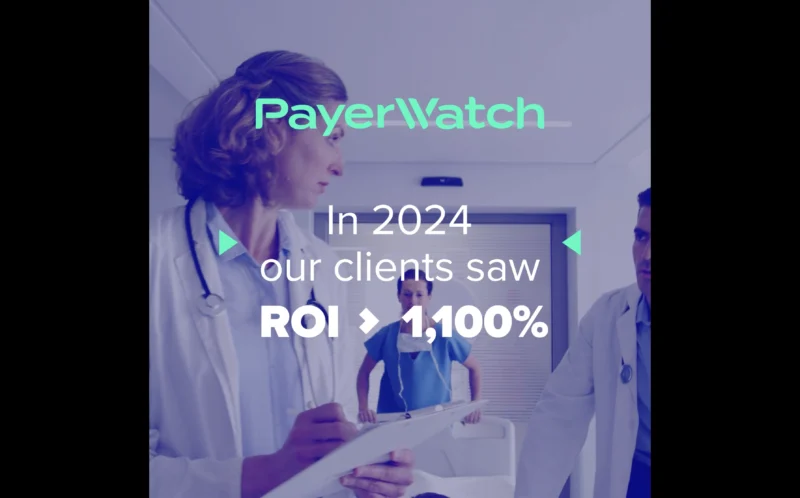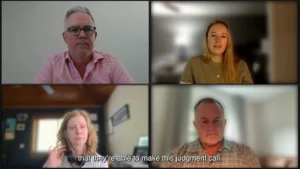Treating Neonatal Opioid Withdrawal
The rise in opioid use in the United States has an unpleasant residual effect; an increase in pregnant women suffering from an opioid use disorder. Subsequently, there is a need to treat an increasing number of infants with neonatal opioid withdrawal syndrome (NOWS). This condition can lead to devastating effects for the infant, including severe withdrawal symptoms and development issues.
How is healthcare meeting this challenge? Luckily, clinicians, researchers, and healthcare companies are working on solutions.
On this episode of Vital Spark, a Spark Biomedical podcast, Dan Wagner, Chief Commercial Officer of Spark Biomedical, spoke with two people from the Medical University of South Carolina. They are actively involved in treating this disorder. Dorothea Jenkins, M.D., Professor of Pediatrics, Medical University of South Carolina Division of Neonatology, and Bashar Badran, Ph.D., Assistant Professor in the College of Medicine Department of Psychiatry and the Behavioral Sciences Medical University of South Carolina, spoke about their combined efforts utilizing translational therapies with neurostimulation on babies with NOWS.
Jenkins and Badran discuss:
The effects of certain opioids on the neurology of the brains of babies
New non-evasive brain stimulation treatments to combat NOWS
Learnings from utilizing auricular neurostimulation on babies with NOWS
“We are on track towards the better understanding of reasonable, high-ranking hypothesis that may be the reason why we get such beneficial effects of auricular neurostimulation,” Badran said.”
Dorothea Jenkins, M.D. is a professor of Pediatrics at the Medical University of South Carolina Division of Neonatology who does research and translational therapies for babies with brain injuries. She collaborates with Dr. Bashar Badran on treating babies with neurostimulation with brain injury who are trying to learn motor skills.
Bashard Badran, Ph.D., is an assistant professor in the College of Medicine Department of Psychiatry and Behavioral Sciences at the Medical University of South Carolina. He is a neuroscientist who works on brain stimulation research and device development.







